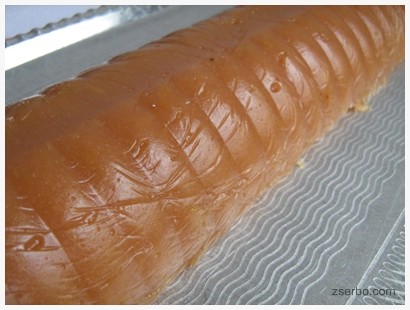Quince is one of the most divisive fruits: you love or hate it, but you can’t be indifferent to it. 40-50 types of quince trees are grown worlwide, 10-15 types are well-known in Hungary, Bereczki and Constantinople quinces are the most widespread. They are not grown in large amounts; typically one or two quince trees are grown in a mixed orchard with other fruit trees.

In spite of its unique flavour and fragrance, many people are averse to quince, this is the reason why it is unfairly neglected. It’s needed to learn to love and to apply in the kitchen. It’s worth eating it raw sometimes since it’s rich in pectin which reduces intestinal inflammation and regulates blood glucose and cholesterol levels and slows its absorption. It promotes digestion, detoxicate the body and strengthen the immune system. It’s a real vitamin C store, in addition excellent source of B1, B2, B3 and vitamin E and rich in minerals (copper, iron, potassium, phosphorous) as well.
Due to its high pectin content, it turns solid if it is cooked with sugar and dehydrated. As a complementary element it can assist in the thickening of other fruit jams and marmalades.
Quince paste or quince cheese – as we call it in Hungary – is the most popular way to prepare this fruit in Hungary. Quince cheese is the Hungarian equivalent of the Spanish membrillo. It takes some time and attention to make it, but the end result is worth the effort.




















0 Comments